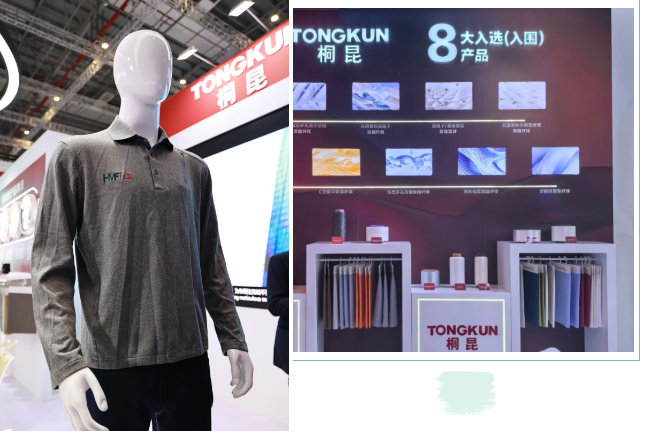Using biomass such as industrial corn
Using biomass such as industrial corn, renewable forest trees or Marine organisms as raw materials, without consuming petrochemical resources... Under the wave of green development, vigorously developing bio-based chemical fibers has become an important manifestation of the implementation of green development in China's chemical fiber industry.
Among the "family" of bio-based chemical fibers, there are bio-based polyester, bio-based nylon, bio-based spandex, etc. What technical difficulties have these several types of fibers overcome? How is their industrialization situation? What applications can bio-based fibers achieve in downstream markets? What is its potential for future development? Recently, a reporter from China Textile News conducted an in-depth interview with these topics.
In the process of laying out the bio-based fiber industrial chain, enterprises that have accumulated advanced technologies in raw material preparation often form a first-mover advantage.
Wang Huaping, a researcher from the School of Materials Science and Engineering at Donghua University, stated that bio-based chemical fibers are a new type of green fiber, and their green innovations can be reflected in many aspects. In the raw material stage, it achieves efficient utilization of resources. Its production process has been continuously optimized, achieving green environmental protection. Some products also adopt technologies such as original liquid coloring and have a "dual green" attribute.
In recent years, relying on its outstanding raw material advantages, Yipin Biology has launched a new generation of functional bio-nylon PA56 Yilun through technological innovation and process breakthroughs, and has become one of the leading enterprises in China's bio-nylon industry. The company also collaborates with downstream partners to actively expand the application of bio-nylon in multiple fields such as knitting, jeans, and clothing, opening up new ideas for the industrialization and industrial chain expansion of bio-nylon in China.
With the continuous growth of market demand for differentiated and functional fibers, chemical fiber enterprises have also developed various bio-based fibers with more properties to better meet the multi-scenario applications of downstream markets.
In addition to bio-based nylon, China has also achieved technological breakthroughs in bio-based polyester, bio-based spandex and other categories, and some products have already been industrialized.
China previously released the "14th Five-Year Plan for the Development of the BioEconomy", clearly incorporating "steady development of bioenergy, significant progress in replacing traditional chemical raw materials with bio-based materials, and traditional chemical processes with bioprocesses" into the development goals of China's biotechnology and bioindustry during the "14th Five-Year Plan" period.
In recent years, with the continuous major breakthroughs in key monomer raw materials and fiber processing technologies, China's bio-based chemical fiber industry has developed rapidly.
Statistics from the China Chemical Fiber Industry Association show that in 2023, the total production capacity of bio-based chemical fibers in China reached 1.0746 million tons, increasing by 32.8% year-on-year. The total output was 481,600 tons, increasing by 109.3% year-on-year.
Overall, bio-based fibers have the advantage of sustainable development from the source and can achieve green and low-carbon development throughout their entire life cycle. They are a key category for the future development of China's chemical fiber industry.
However, at present, the proportion of bio-based chemical fibers in the total output of chemical fibers in China is still relatively small. Meanwhile, there are still some bottlenecks in the market expansion and application of bio-based fiber products.


